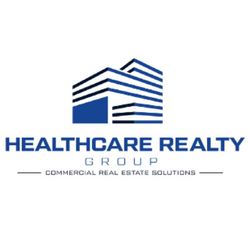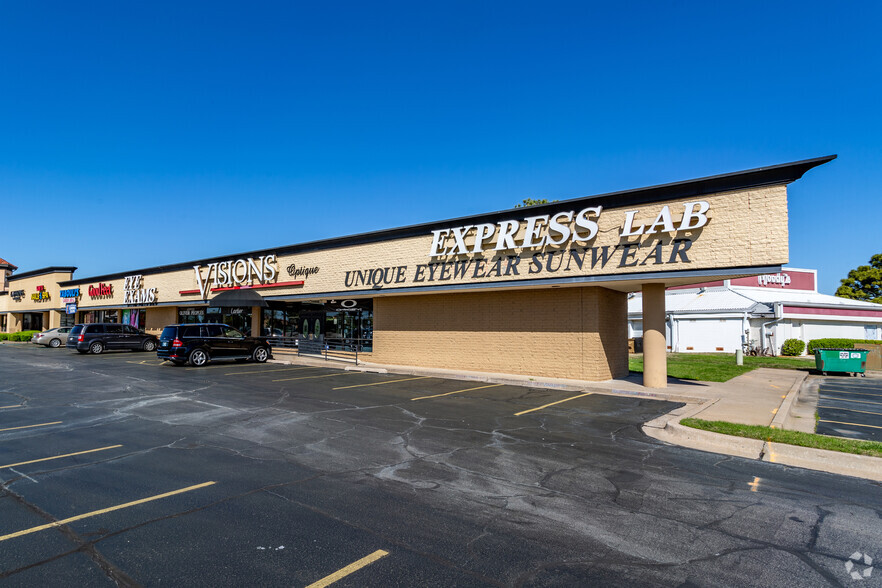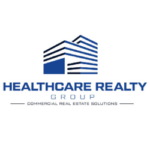In recent years, the demand for healthcare facilities has been on the rise, driven by factors such as an aging population, advancements in medical technology, and the need for more accessible healthcare services. As a result, many healthcare providers, including doctors, dentists, and other medical professionals, are turning to adaptive reuse – the process of converting existing non-medical buildings into healthcare facilities – as a cost-effective and sustainable solution to meet this growing demand.
What is Adaptive Reuse?
Adaptive reuse is the practice of repurposing an existing building for a new use, while preserving its historic features and character. This approach has gained popularity in various sectors, including healthcare, as it offers several benefits over new construction, such as:
- Cost savings: Retrofitting an existing building is often less expensive than constructing a new facility from the ground up.
- Time efficiency: Adaptive reuse projects can be completed in a shorter timeframe compared to new construction, as the building’s structure and infrastructure are already in place.
- Sustainability: By reusing existing buildings, adaptive reuse reduces the environmental impact associated with new construction, such as waste generation and the consumption of raw materials.
- Community preservation: Repurposing older buildings helps maintain the historical and architectural heritage of a community, while also revitalizing underutilized areas.
Considerations for Converting Non-Medical Buildings into Healthcare Facilities
When converting a non-medical building into a healthcare facility, several key factors must be considered to ensure the space meets the unique requirements of the healthcare industry:
1. Building Suitability
Not all buildings are suitable for adaptive reuse as healthcare facilities. Factors such as the building’s location, size, layout, and structural integrity must be carefully evaluated to determine its feasibility for conversion. Buildings with open floor plans, high ceilings, and ample natural light are often well-suited for healthcare use, as they allow for flexible space configuration and promote a healing environment.
2. Regulatory Compliance
Healthcare facilities must adhere to strict regulations and guidelines to ensure patient safety and quality of care. When converting a non-medical building, it is essential to ensure that the space complies with all relevant building codes, accessibility requirements, and healthcare regulations, such as the Americans with Disabilities Act (ADA) and the Health Insurance Portability and Accountability Act (HIPAA).
3. Infection Control
Infection control is a critical concern in healthcare settings. Converted buildings must be designed and retrofitted with appropriate ventilation systems, air filtration, and surface materials that are easy to clean and disinfect. Special attention should be given to areas such as operating rooms, isolation rooms, and sterile processing departments, which require even more stringent infection control measures.
4. Technology Integration
Modern healthcare facilities rely heavily on advanced technology for diagnosis, treatment, and patient management. When converting a non-medical building, it is crucial to ensure that the space is equipped with the necessary infrastructure to support these technologies, such as robust electrical and data systems, medical gas lines, and specialized equipment.
5. Patient Experience
Creating a positive patient experience is a top priority for healthcare providers. Adaptive reuse projects should prioritize patient comfort, privacy, and accessibility. This can be achieved through thoughtful space planning, the incorporation of natural elements (e.g., daylight and views of nature), and the use of calming colors and materials.
Applying Adaptive Reuse in Healthcare Settings
Adaptive reuse can be applied to a wide range of healthcare settings, allowing doctors, dentists, and other medical professionals to expand their practices and improve patient care. Some examples include:
- Converting a former retail space into a family medicine clinic, offering patients a convenient and accessible location for primary care services.
- Repurposing a historic building into a dental practice, preserving the community’s architectural heritage while providing state-of-the-art dental care.
- Transforming a vacant office building into a multi-disciplinary medical center, housing various specialties such as pediatrics, obstetrics, and physical therapy under one roof.
By carefully considering the unique needs of their patients and the specific requirements of their specialties, healthcare providers can successfully adapt non-medical buildings to create efficient, patient-centric facilities that improve access to care and patient outcomes.
The Future of Adaptive Reuse in Healthcare
Adaptive reuse is a promising solution for healthcare providers seeking to expand their facilities in a cost-effective, sustainable, and community-friendly manner. By carefully considering factors such as building suitability, regulatory compliance, infection control, technology integration, and patient experience, non-medical buildings can be successfully converted into high-quality healthcare facilities that improve patient care and outcomes.
As the demand for healthcare services continues to grow, adaptive reuse is likely to play an increasingly important role in shaping the future of healthcare infrastructure. By embracing this approach, doctors, dentists, and other medical professionals can not only meet the needs of their patients but also contribute to the preservation and revitalization of their communities.





